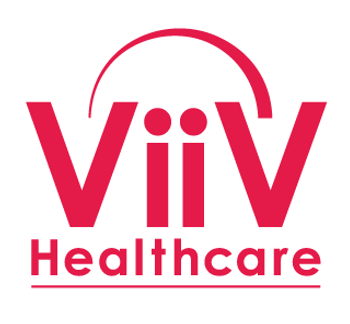
New HIV Treatment Recommendations Released
Improving clinical care and outcomes among those with and at risk for HIV was the target for updating the antiretroviral treatment regimen recommendations.
A
Authors from the US, Europe, and Australia outlined updates on the current knowledge surrounding initiation of antiretroviral therapy (ART), what regimen to initiate, when and how to switch to ART, considerations for when and how to use preexposure prophylaxis (PrEP), and monitoring therapy as well as issues in aging HIV populations. The study authors said that the success of ART has lead to an increase of survival of HIV patients to a near-normal life span, which in turn has lead to an aging HIV population.
The investigators reviewed new data published between January 2018 and August 2020 and discovered 5316 citations of which 336 provided additional unique citations for aging and HIV. Because of this, the new recommendations focus on adults aged 18 years or older who have or at risk for developing HIV.
Their recommendations for when to begin ART have not changed from the last communication, they said, as the goals of ART are to maintain optimal health for the individual with HIV and eliminate transmission. An important focus of this tenet of treatment is developing strategies that facilitate immediate entry into care, removing barriers to initiation of ART, and support for continuous care engagement, the authors wrote.
Optimal ART regimens should aim for a high rate of viral suppression, minimal toxicity, low pill burden, and few drug interactions, they said. For most people with HIV, that can include bictegravir/tenofovir alafenamide/emtricitabine, dolutegravir plus, and dolutegravir/lamivudine with caveats, the authors said. In the setting of opportunistic infection treatment, the authors recommended dolutegravir (50 mg twice daily), efavirenz (600 mg/d), or raltegravir (800 mg twice daily) plus 2 nucleoside reverse transcription inhibitors, in the case of initiating ART in people with HIV and active tuberculosis. The authors made separate recommendations for individuals who are pregnant.
The most common reason for switching ART regimens is simplification, management or prevention of toxic effects, avoidance or management of interactions with drugs, food or dietary supplements, and economic factors, the authors said. Before switching ART regimens, there should be a review of the patient’s ART regimen history, tolerance, co-medications, food requirements, cost, and results from prior resistance tests.
There should also be a viral load assessment 1 month after switching regimens, the authors recommended. Patients should be able to switch ART regimens when they have achieved viral suppressions or virological failure. Another reason to switch regimens may be the development of comorbid conditions, such as kidney, liver, cardiovascular, or bone diseases, weight gain, cancer and autoimmune disease, or solid organ transplantation.
“All persons who have ever been sexually active or injected drugs should be tested for HIV at least once during their lives,” the authors recommended, adding, “Ongoing risk for HIV should be assessed regularly, and men who have sex with men (MSM), transfeminine persons, people who inject drugs outside needle sharing programs, and people newly diagnosed with other sexually transmitted infections (STIs) or hepatitis C should be tested every 3 months as long as risk continues.”
Laboratory monitoring should continue after HIV diagnosis and during ART, they also noted.
PrEP is recommended for individuals at risk for HIV infection, the recommendations said, and tenofovir disoproxil fumarate/emtricitabine is the recommended regimen for those at risk.
The aging population with HIV is at risk for cardiovascular disease, chronic kidney disease, neurocognitive impairment, and mental health disorders, and combined with loneliness, social isolation, and stigma can all produce poorer outcomes for this population, the authors wrote. Therefore, close and sustained attention to polypharmacy is recommended for this group, including those over 50 years old or those who are frail or prefrail.
“Advances in HIV prevention and management with antiretroviral drugs continue to improve clinical care and outcomes among individuals at risk for and with HIV,” the authors concluded.
Newsletter
Stay ahead of emerging infectious disease threats with expert insights and breaking research. Subscribe now to get updates delivered straight to your inbox.




























































































































































































































































































